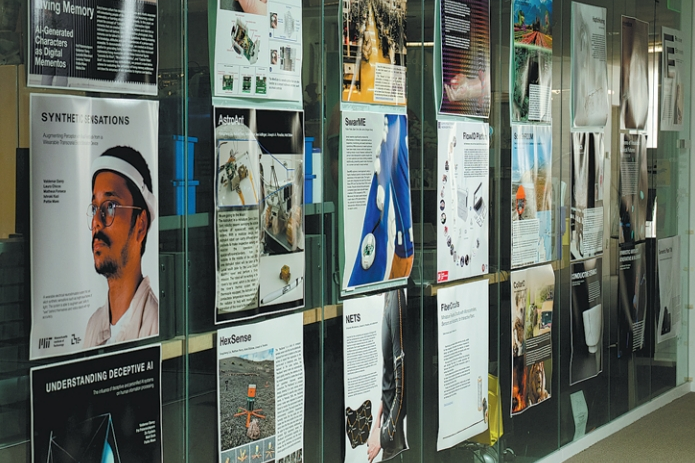SpaceX's first Starship launch: successful failure


The first launch of SpaceX's Starship failed at stage one separation and exploded close to four minutes after it was launched from Boca Chica, Texas, on Thursday morning.
Even though the two-stage rocket ship made it less than halfway to the edge of space, climbing to just under 25 miles (40 km), the flight achieved a primary objective of getting the new vehicle off the ground at liftoff despite some of its engines failing.
The plan was for Starship to soar into space at least 90 miles above Earth before it would re-enter the atmosphere and plunge into the Pacific Ocean near Hawaii.
Seconds before the explosion when the massive rocket appeared to be spinning and didn't separate at the scheduled time, SpaceX's principal integration engineer John Insprucker said during the broadcast: "Obviously this does not appear to be a nominal situation."
"It does appear to be spinning, but I do want to remind everyone that everything after clearing the tower was icing on the cake," said Kate Tice, SpaceX's quality system engineer, over the broadcast. The rocket exploded when the word "icing" was uttered. Cheers from the control room followed after the explosion.

"There as we saw, as we promised, the exciting end to the Starship's inaugural integrated test flight," said Tice of the explosion.
SpaceX's official Twitter account said that "with a test like this, success comes from what we learn, and today's test will help us improve Starship's reliability as SpaceX seeks to make life multi-planetary" and "teams will continue to review data and work toward our next flight test".
The company also cheerfully tweeted about the explosion, "As if the flight test was not exciting enough, Starship experienced a rapid unscheduled disassembly before stage separation."
SpaceX CEO Elon Musk took to Twitter, where he also is CEO, to congratulate the team on "an exciting test launch", adding that they "learned a lot for next test launch in a few months".
Starship is the most powerful rocket ever built. At almost 400 feet tall, it is designed to carry up to 100 people on long-duration and interplanetary flights.
The explosive first launch is considered a successful failure because the rocket didn't blow up the launch pad — a concern of Musk's prior to the launch. The rocket didn't tear up under maximum aerodynamic forces during its ascent. The speed of the rockets surpassed 1,305 mph (2,100 km/h).
The Federal Aviation Administration will oversee an investigation into what happened during the test flight before issuing a permit for another launch.
The explosion confirmed environmental concerns of the American Bird Conservancy, which opposed SpaceX's operation in Boca Chica, The Washington Post reported.
Photos showed that the launch itself had sent debris flying across the launch site and appeared to have damaged SpaceX's facilities.
More than 380 species of birds have been found at Padre Island National Seashore near which SpaceX's launch pad is located, according to information from the National Park Service.
The national seashore is located on the Central Flyway, a major migration route on which birds travel during their migration to and from North, Central, and South America.
"From our point of view, it's good news it didn't blow up at the pad site, but future launches could," Michael, Parr, president of the American Bird Conservancy, told the Post.
He said the organization isn't opposed to SpaceX or space exploration but is pushing for operations to be moved elsewhere, like Cape Canaveral, Florida.
Agencies contributed to this story.































